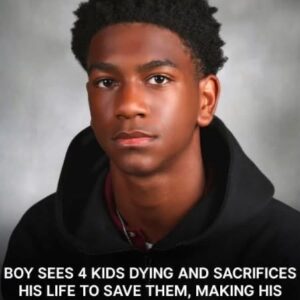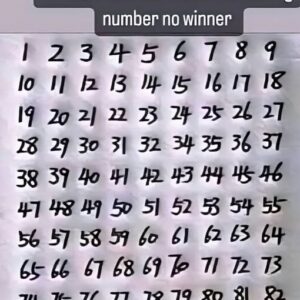The Power of Perception
When you look at a word puzzle like the one in the image, your brain quickly processes the letters and tries to form a coherent word. Often, the first word you see is influenced by several factors, including:
- Current Mood: Your emotions at the time can affect which word you notice first. For example, if you’re feeling happy or optimistic, you might see positive words more quickly.
- Recent Experiences: Events or discussions you’ve had recently can also steer your perception. If you’ve been thinking a lot about a particular topic, your brain may be primed to recognize words related to it.
- Cognitive Bias: Your brain has certain biases based on your past experiences, memories, and learned associations. These biases can lead you to see some words before others.
Analyzing the Word You See
Let’s consider the image with the letters “P _ Y _.” Depending on what letters fill in the blanks for you, the word might differ. Here are a few possibilities and what they might reveal about your thought process:
- PLAY: If this is the first word you see, it might suggest that you’re in a light-hearted, creative, or relaxed state of mind. “Play” could indicate a need for leisure or a break from routine.
- PRAY: Seeing this word first might point to a spiritual mindset or a need for comfort, guidance, or reassurance. It could reflect an introspective or hopeful mood.
- PONY: If “PONY” is the word you see, perhaps you have a sense of nostalgia or a connection to childhood memories. This could also signify a longing for simplicity or adventure.
The Psychological Takeaway
Why is this kind of exercise interesting? Because it taps into your immediate cognitive responses. Your brain is constantly working, even when you’re not consciously aware of it, and these kinds of word puzzles allow for a glimpse into those automatic processes. The first word you see is not random; it’s a reflection of your mind’s current state.
The Role of Subconscious Thought
It’s fascinating how something as simple as a few letters in a grid can give us a peek into our subconscious thoughts. While it’s essential to remember that this isn’t a scientifically rigorous method, it can still be a fun way to check in with yourself. Consider the word you saw first and think about what it might tell you about your current state of mind. Is it accurate? Does it resonate with how you feel?
Conclusion
Word puzzles like this one are not just for entertainment; they can be tools for self-reflection. The first word you see can provide a moment of introspection, offering you a chance to connect with your subconscious thoughts. Next time you come across a similar puzzle, take a moment to consider what your brain might be trying to tell you.




